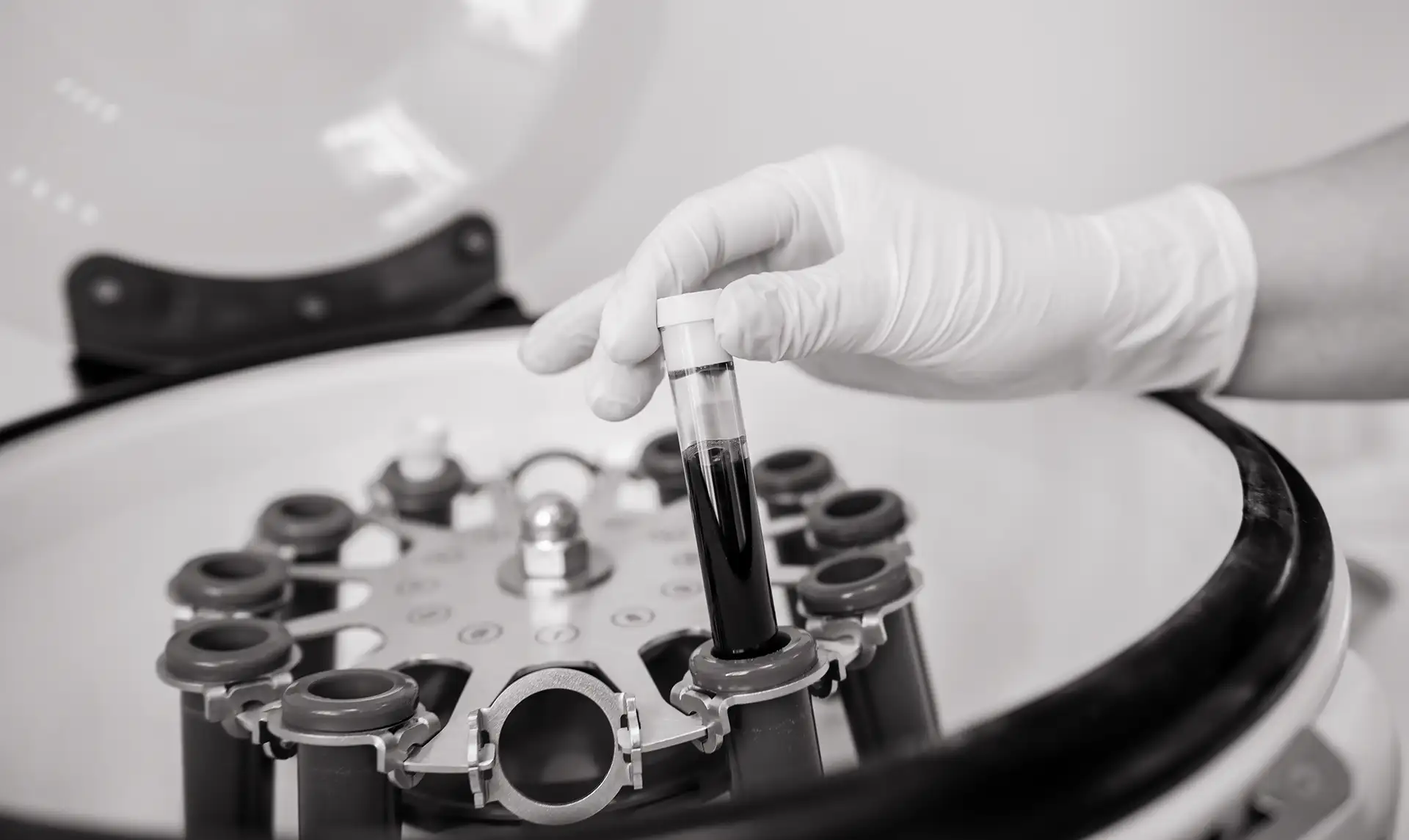AC arthritis or osteolysis is a very common cause of shoulder pain.
Read below to learn more about this common cause of shoulder pain.
Your shoulder pain results from a problem in the joint between your shoulder blade (acromion), and the collarbone (clavicle). This joint is called the acromioclavicular joint. The cartilage that protects the ends of the bone is damaged. When you moved your arm, the unprotected bone ends rub against one another and this causes pain.
Approaching this injury can depend on your description of the problem, the physical examination, and the review of the x-rays. Most often the first recommendation would be an injection of cortisone and local anesthetic directly into this joint. This injection would be both therapeutic and diagnostic–if your pain is eliminated for even an hour, we have positively identified the focus of your problem. The injection will sometimes provide lasting relief but often it is only temporary. In any event, it will help decide if the source of your pain has been accurately localized.
Other forms of treatment include no treatment and just living with the condition, physical therapy exercises, medication, and surgery. These as well as the injection will often provide only temporary relief and surgery is then indicated. The indications for surgery are persistent pain interfering with your activities of daily living, work, and/or sports.
During the arthroscopic surgery, the shoulder joint is inspected as well as the ligaments and tendons. Small, motorized instruments are used to remove any inflamed or scarred tissue contributing to the problem. Then a special instrument is used to remove a portion of the acromion bone and a portion of the clavicle. About 1⁄2” of bone is removed during this process. The resulting space then fills in with a type of scar tissue that serves to pad the bone surfaces and keeps the bone ends from rubbing together.
You and the anesthesiologist will discuss your surgery and decide which type of anesthesia is the best choice for you. Typically I request a regional block (which puts your shoulder and hand to sleep) that lasts approximately 12-24 hours as well as general anesthesia. Additionally, a special catheter attached to a “pain pump” would be placed into the shoulder. The pump delivers a local anesthetic into the surgical area for up to 3 days in order to provide lasting relief.
Patients enter the hospital in the morning, have the surgery, and are sent home the same day. This is called outpatient surgery.
Shoulder surgery is a complex and delicate process designed to repair damaged structures deep within the human body. Complications can occur, but fortunately are rare. The most common complication involves injury to nerves around the shoulder. Usually, these occur due to pressure or stretching caused as we attempt to see the joint’s interior. These usually go away in 2 days to 6 weeks. This occurs in less than 1% of patients. A permanent injury that results in diminished use, function, or feeling in the extremity can occur but is exceedingly rare. Infection can occur in 1-2% of patients and may require oral antibiotics, antibiotics by injection, or, rarely, repeat surgery.
This type of surgery is successful about 90% of the time. The operation is most successful at relieving pain. What is harder to accomplish is the return to vigorous overhead use of the arm in work or sports. Whether you can return to your previous level is an individual matter and depends on multiple factors including:
-The extent of damage to your shoulder
-How well it heals
-How well you rehabilitate
-How strenuous the activities you desire to participate
Because of the many variables involved, no guarantees can be made other than to assure you that the very best medical care possible will be delivered.
You will be able to use your fingers, wrist, and elbow immediately after surgery. You may shower or bathe with regular soap and water 48 hours after surgery. You may walk outdoors, write, cook, and drive a car (automatic shift) the next day. You may gently use your arm in front of the body as soon as possible. In general, let pain be your guide. If a motion or activity is painful, stop. Otherwise, gradually resume your normal activities.
There are no fixed rules for return to work, but for most sedentary jobs 2-4 days off work is generally recommended. When you return to work, your arm will be sore but you should be able to manage so long as you do no heavy lifting, pushing, pulling, or carrying. Work at waist level and 5-10 pounds of lifted is started 1 week after surgery. You will generally need 3-6 months before recovery is complete.
Fortunately, many of the exercises that you will need to do can be performed on your own. You will see a physical therapist post-operatively and have them go over an exercise program with you and provide you with the necessary materials. Aerobic exercise is a good thing and maybe started as soon as you are able. You may enjoy walking and stationary bicycle riding within 1 week after your surgery. Jogging, Stairmaster and regular bicycle riding can start as soon as you feel comfortable, as can gentle golf strokes. Swimming, running, and tennis groundstrokes start 1-2 months after surgery. Return to overhead throwing, tennis strokes, and contact sports can require 3-6 months of rehabilitation. Return to weight lifting is unpredictable, and you may need one full year before performing activities such as the bench press.
Your first office visit is 2-4 days following surgery. At that visit, your surgical incisions will be examined and any sutures removed. We’ll also go over your surgical findings with you and discuss your allowed activity level. The successful outcome of your surgery is highly dependent on your compliance with post-operative instructions.





